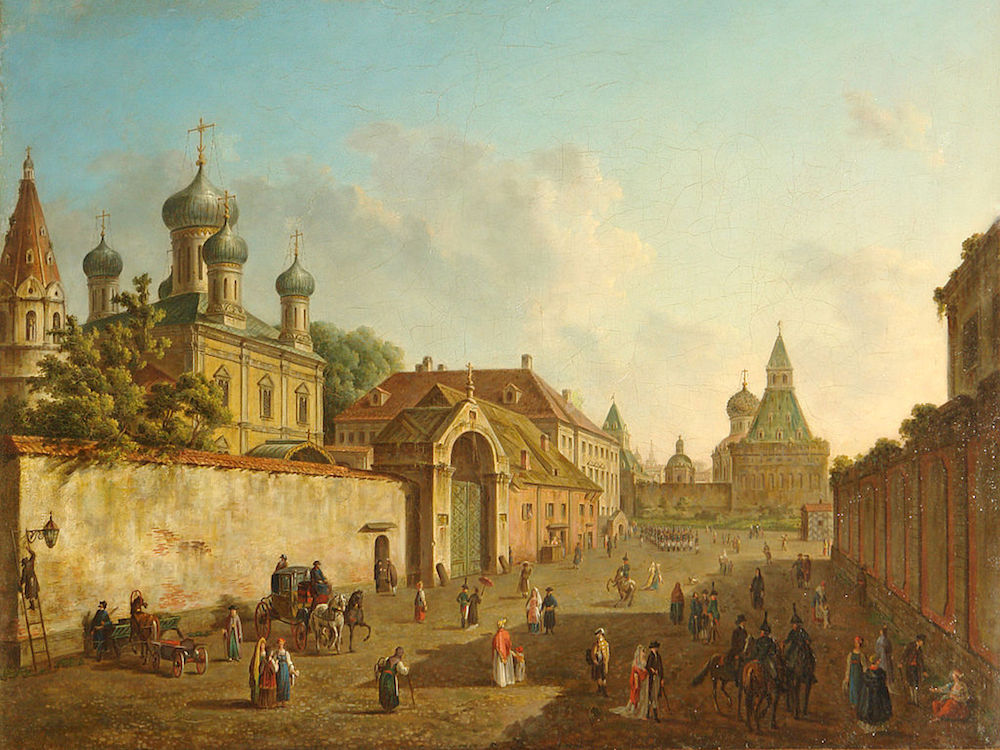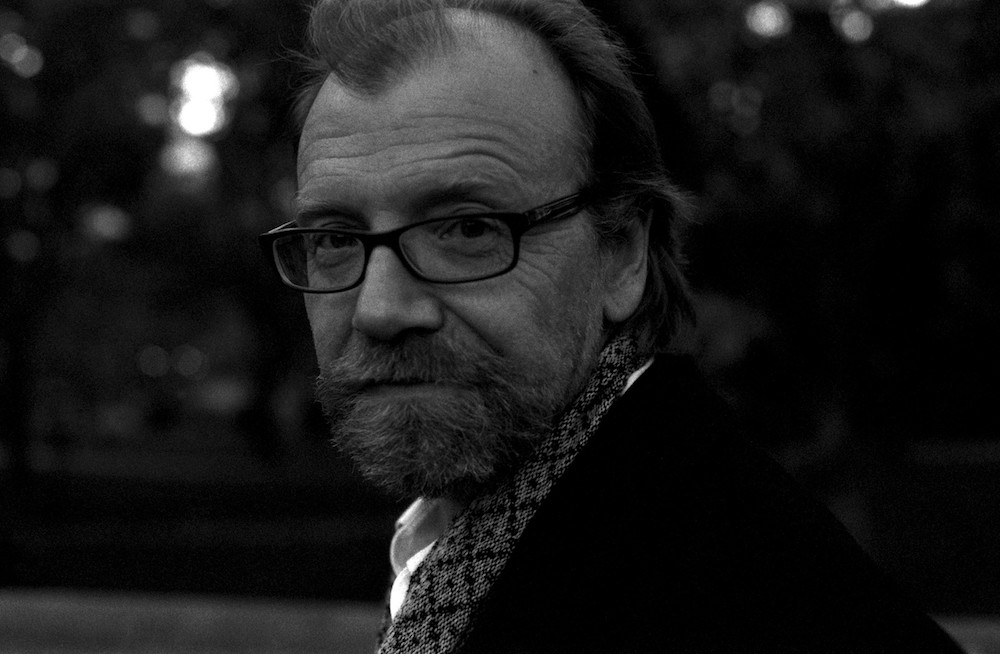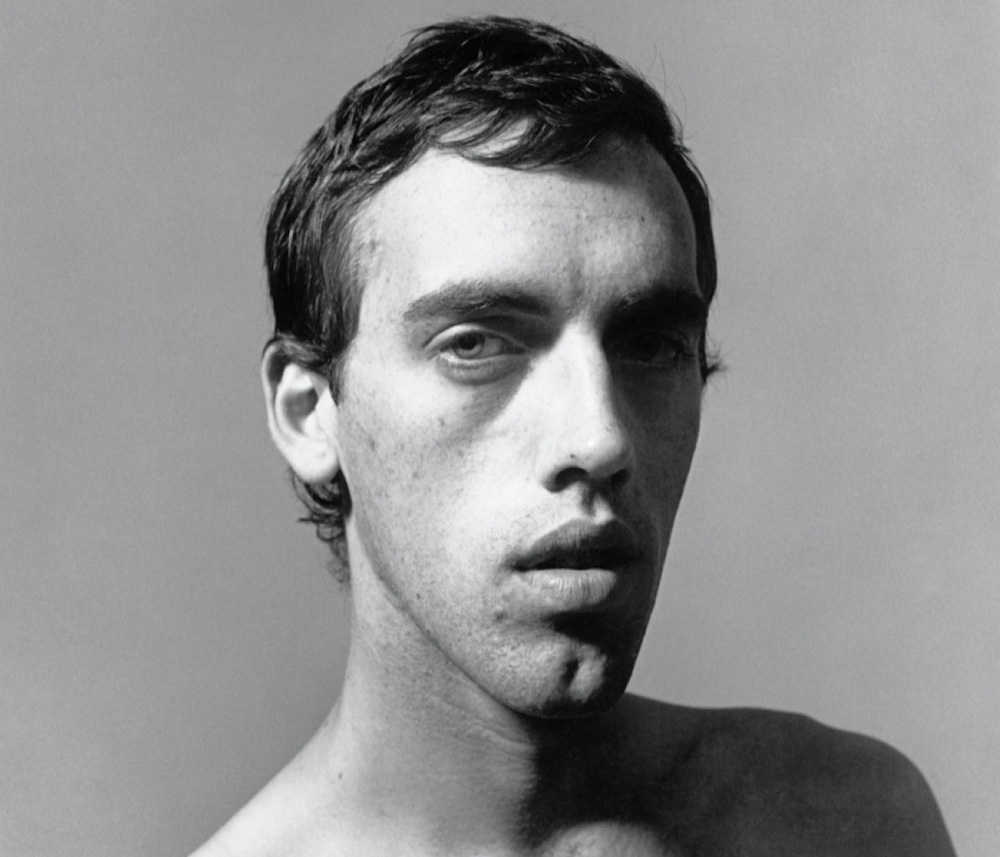I’d encourage all to check out the Moscow-focused second issue of the new quarterly Stranger’s Guide. Under the leadership of the Lapham’s alum Kira Brunner Don, the magazine travels to a different city or region with each installment. Rather than gawking and gushing in the travel-section mode, it commissions new work by writers and photographers from that place alongside contributions from a few roving and travel-savvy authors. Although I’m partial to the compact trim size of The Paris Review, the oversize format of Stranger’s Guide is ideal for its luscious photo spreads (I’m a fan of Vladimir Markovich’s pictures of renovating Moscow and the creepy museums captured by Lily Idov), and its features go deep into subcultures that, until now, only the luckiest of strangers might discover. Plus, new place-based fiction—this time by Lara Vapnyar—contextualizes a community through another lens. —Emily Nemens
The Uber ride to the Met Cloisters is a good one, assuming you have a solid driver and decent company. After chatting while we sped up the Henry Hudson, we quieted when we reached the cobblestone walk. Inside, I debated checking my coat, but when I began to hand it over, the woman at the desk shook her head and told me I’d need it. We climbed up concave steps, each more curved than the last, to enter a chapel. According to the printed program, it’s the Fuentidueña Chapel, a twelfth-century limestone apse from the San Martín Church in Spain, built from three thousand blocks lent to the Met by the Spanish government in 1957. I didn’t know that until later, though. If I had learned it earlier, I might have attributed the space’s drafty calm to its transplantation. At the front, a crucifix hung in red and blue light, a collection of instruments scattered below. What followed was an event that felt unlikely to happen once, let alone two nights in a row, but it did: Hot Chip’s Alexis Taylor played a roving piano concert with the Beastie Boys’s Money Mark and the Atomic Bomb Band’s Jonny Lam, accompanied by projections from the visual artist Nick Relph. Mark’s invention, the Echolodeon, warbles under Taylor’s repetitive love-letter lyrics, which could verge on cheesy if you’re not nestled within three thousand limestone blocks. I keep looking around like, Is this real? The people next to me were sneaking snacks out of their pockets. When Taylor gets up to dabble with the Echolodeon, we applaud for what sounds like a whale in a synthesizer. Later, we wandered the grounds in the dark until thunder clapped into a downpour. We hid under trees, and it was so much like a romantic comedy that I think Taylor could write chamber music about it. The Ubers are no longer solid; they cancel one after another, and my pants are drenched with rain. The program I finally read the next day says, “Please keep in mind that you are surrounded by art.” —Nikki Shaner-Bradford
When I find myself adrift, I often return to a favorite author to reorient myself. This time, navigating the first few months of the year (and the first few weeks of raising a puppy), I paid George Saunders a visit. I had never read his first collection, CivilWarLand in Bad Decline, and I was glad to remedy that fact. The stories within are just as sharp and grim as anything he’s ever written, and they remind me why I came to love reading and writing in the first place: the delicious rhythm of one word after the next, the giddiness of wondering what’s just beyond the horizon of the page at hand. —Brian Ransom
The other night, I did something I wish I could do every night: I took someone I love to see Heidi Schreck’s What the Constitution Means to Me. The show has just opened on Broadway after an award-winning off-Broadway run (I saw it then, too). It begins with Schreck explaining that the play is autobiographical, about her time as a teenager giving competitive speeches about the U.S. constitution to pay for college. Over the course of ninety minutes, she resurrects her fifteen-year-old self with the hindsight and empathy of her adult self. The show is funny, painful, and genuinely educational. It often relies on a special kind of magic known as presenting the facts. As I learned more about “The Document” (what Schreck calls the constitution), I felt the familiar pangs of despair I often feel for our country. I also detected something that felt like hope. And how could I not? I was in a room of expensive seats filled by people who were watching a woman orate about her body in our country. That, in itself, is progress. —Eleonore Condo
I keep Weight of the Earth: The Tape Journals of David Wojnarowicz next to me when I go to sleep. It wasn’t on purpose at first, but when I realized one night that the book was there beside me, the thought of it nearby brought a sense of calm. Weight of the Earth, published last year by Semiotext(e), is a collection of Wojnarowicz’s tape journals—a mode he often explicitly says makes him “self-conscious,” but with which he presses on anyway. In one of the early tapes, Wojnarowicz is thinking about this guy he’s been seeing and whether they’ll “have a chance to explore senses of each other.” I like that turn of phrase, the curiosity in it, the anticipation of listening. It feels like what’s happening here: these transcriptions begin to give me just a sense of Wojnarowicz. They’re full of his verbal tics, of tiredness, of anger, of byes at the end of a recording and long passages in which Wojnarowicz describes his dreams. I’m especially taken with the dreams, not because each detail is interesting—though they often are—but because it’s nice to listen to him grasp around for words in his telling, to hear him repeat himself, maybe without realizing. It reminds me of listening to a friend on the phone begin to tell me a story he already told me a few days earlier. I didn’t say anything because it was just nice to listen to his voice and hear the story again. It’s so good to listen to anyone you love tell you, in the best way they can, what they see and what life is like. Wojnarowicz and I have never lived in the same world, but the journals, like his art, cut through time and create the possibility of meeting and seeing. There are distances that I don’t pretend we breach—there’s an AIDS crisis in both our worlds, but one that we experience in vastly different forms. And there are other, less specific misunderstandings: a paragraph or sentence where I arrive at the end and have no idea what he’s saying. But whatever this meeting is, it is “warm and good,” and I’m just grateful to have Wojnarowicz next to me. —Spencer Quong
from The Paris Review https://ift.tt/2FsxrWW



Comments
Post a Comment